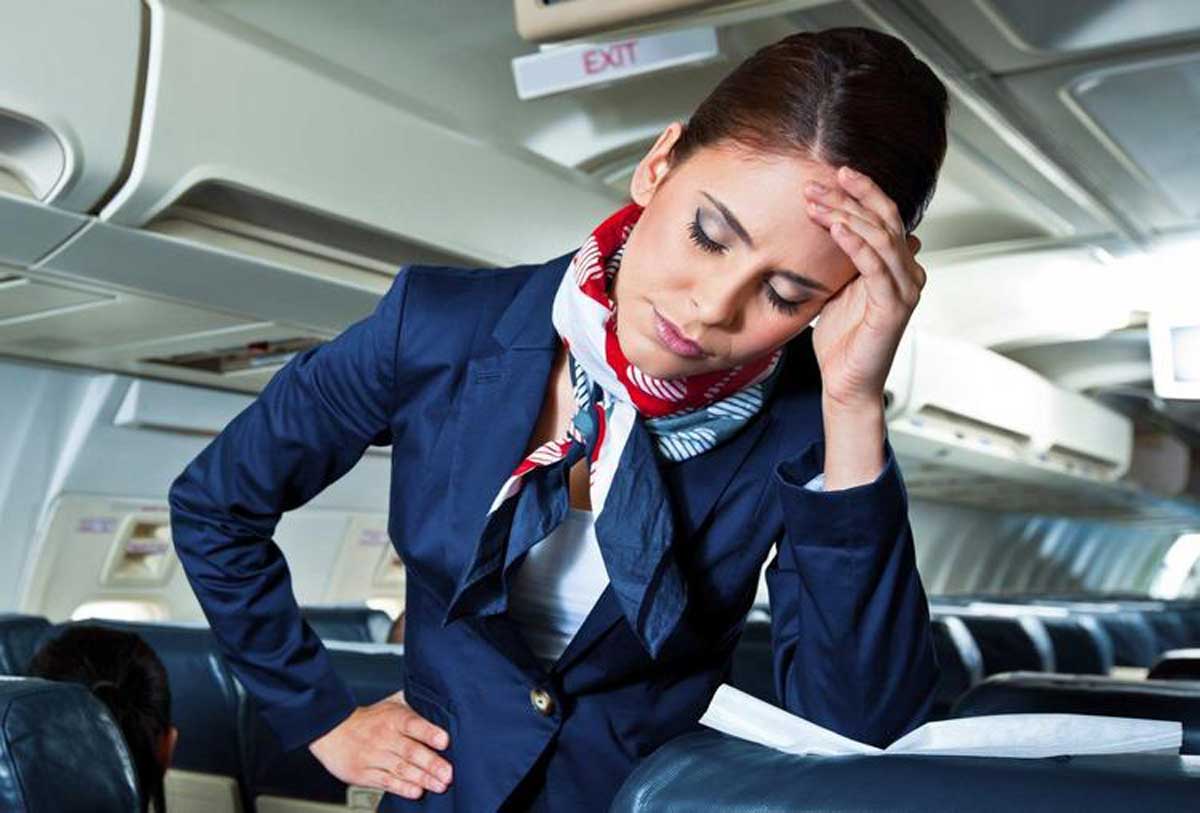Low-cost airline Southwest Airlines has begun ditching new flight attendants in training after the carrier tightened enforcement of its long-standing ban on visible tattoos.
In an internal message, the airline warned trainee flight attendants that any tattoos on the fingers, hands, face, or neck would result in immediate dismissal.
Tough measures also apply to those flight attendants who try to hide their tattoos with cosmetics. In recent weeks, there have been several reports of new flight attendants being laid off while still in school.
Airlines around the world are known for their strict uniform standards. These standards forbid flight attendants from displaying tattoos that this very uniform cannot hide. True, in the past couple of years, these traditional rules have begun to be relaxed, and Southwest flight attendants expected their employer to follow the general practice.
In 2022, United Airlines became one of the first airlines in the US to allow some visible tattoos, and a few months ago, Breeze Airways followed United’s lead by turning a blind eye to small tattoos on fingers, arms, and even behind the ears.
Virgin Atlantic made headlines last year when it allowed flight attendants to display tattoos of any size, as long as the designs weren’t offensive. The decision is at the discretion of the airline.
However, there is not a single airline that would allow flight attendants to have a tattoo on their neck or face.
Air New Zealand may well remain the only carrier currently allowing facial tattoos, thanks largely to the adoption of Tā Moko, a form of tattooing traditionally practiced by the country’s indigenous Maori population and often applied to the face.
Canadian airlines were ordered in 2021 that they could not prevent flight attendants from displaying visible tattoos, but independent arbitration drew a line under tattoos on the face and neck. Air Canada and Westjet can also fire flight attendants if they find their body art offensive.

